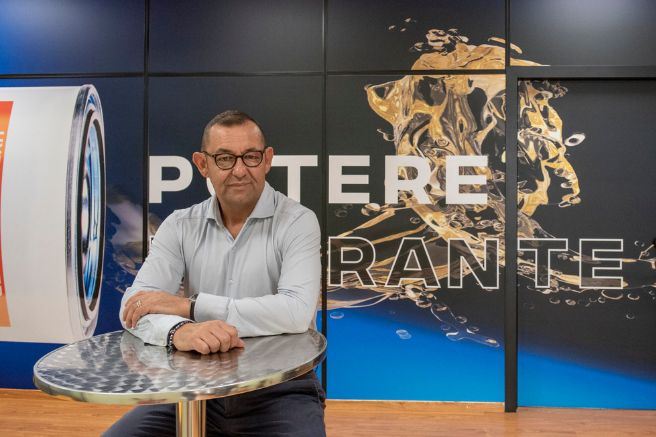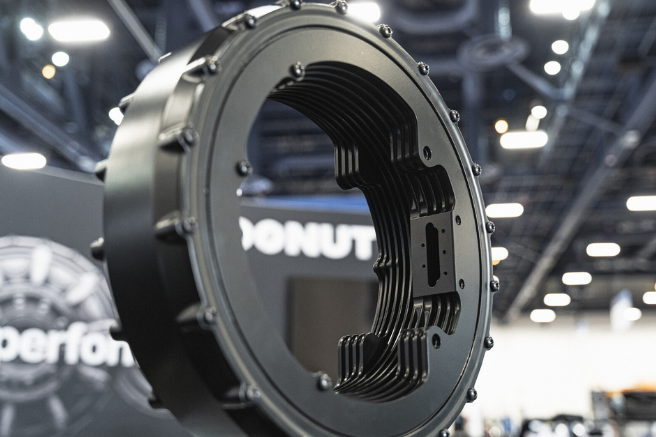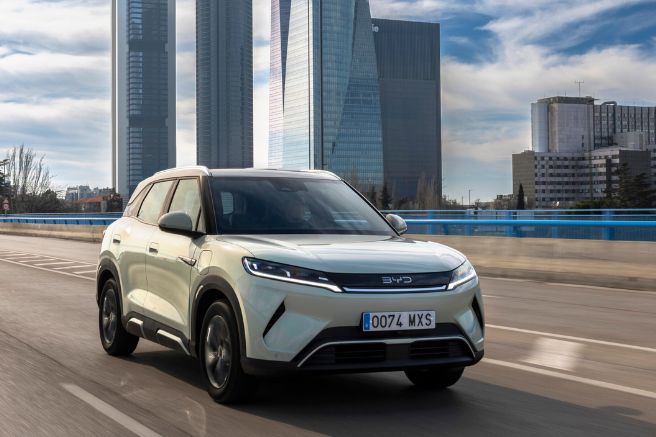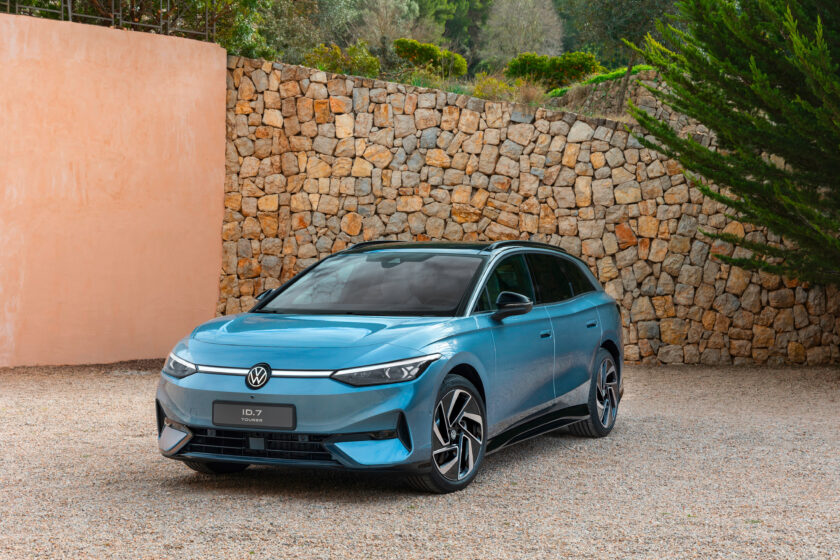
A few years ago, when electric car models could be counted on one hand, operational range was a crucial design constraint in defining the technical and stylistic solutions for a new model. For station wagons, for instance, the focus was on creating space for substantial luggage without sacrificing sedan-like comfort in terms of performance and dimensions, excluding minivan or commercial vehicle configurations. Despite growing in size, especially in length, station wagons maintained a certain “restraint” in dimensions, making them suitable for urban use without requiring oversized parking spaces.
It’s unclear exactly what has changed in recent years, but toward the end of the last decade, the push for electrification gained momentum in the name of sustainability, which has now become the dominant design criterion. Today, this has resulted in attempts to electrify every vehicle segment, creating products that designers until recently would have never considered. The latest creation from Volkswagen, the station wagon version of the fully electric “ID.7” series, fits perfectly within this context.
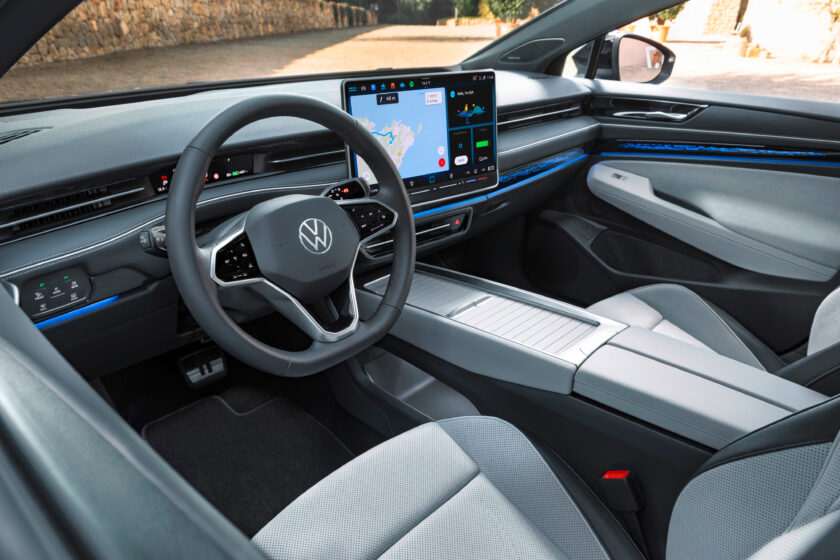
According to Volkswagen, the “ID.7 Tourer” — particularly notable with the “Tourer” label for tourism — combines the low-emission benefits of electric mobility with a substantial range, estimated at up to 685 kilometers, and a large cargo capacity of up to 1,714 liters. The low emissions are indisputable: with an energy consumption of 14 kilowatt-hours per 100 kilometers, emissions are limited to just 0.53 grams per kilometer. This is negligible compared to a combustion engine’s emissions.
The rest, however, is debatable, starting with the so-called long range. The 685-kilometer figure represents the best-case scenario, achieved only with the larger 86-kilowatt-hour battery, 91 kWh gross, under ideal conditions. This includes moderate temperatures with the air conditioning off (which can otherwise decrease the range by up to 10%) and minimal or no load. Despite the variable range, a maximum 685 kilometers is not bad for a fully electric vehicle. But comparing it to any combustion engine model quickly shows how much this “Tourer” model’s fundamental performance has declined relative to traditional station wagons.
Looking back just ten years, the iconic Volkswagen “Passat” with its 150-horsepower, 2-liter TDI turbodiesel engine and 66-liter tank could travel up to 1,500 kilometers without refueling. Even under variable usage and load conditions, its range was consistently over 1,000 kilometers. Moving to interior volumes and overall dimensions, the “ID.7 Tourer” has a length of 4,961 millimeters, the same as its fastback counterpart, and a trunk volume of 605 liters. At nearly five meters in length, this model already sits within the size range of medium-sized vans, leaving behind the concept of “restraint” in urban use — a notion many mid-upper class models have abandoned. However, despite its size, the trunk is modest. At 605 liters, it is slightly smaller than the “Golf Variant,” which measures just over 4,600 millimeters in length. Meanwhile, the new “Passat,” at 4,917 millimeters in length, offers a trunk nearing 700 liters.
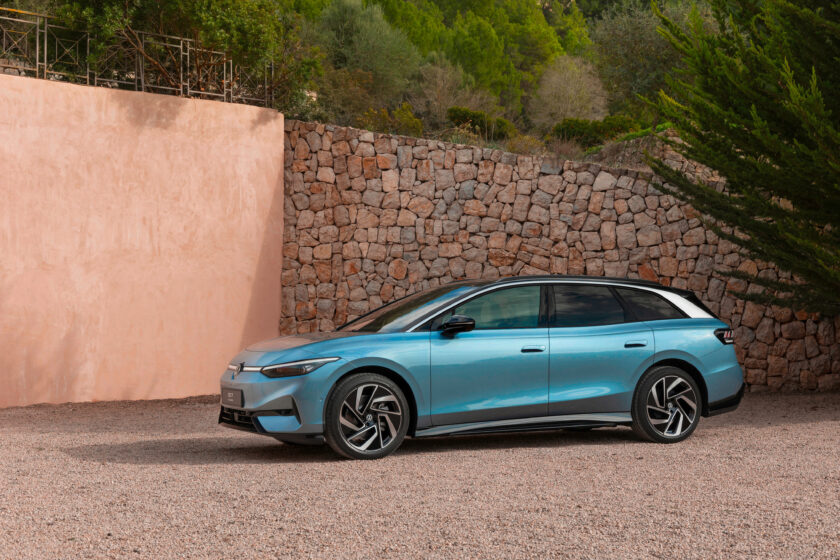
Topping off the list is the weight: 2,172 kilograms, comparable to a Ford “Ranger” pickup and 30% heavier than the 2-liter turbodiesel “Passat” and almost 50% heavier than the 1.5-liter four-cylinder mild hybrid gasoline version. With a mass exceeding 21 quintals, the engine’s 210 kilowatts of power (almost 300 horsepower) and 545 Nm of torque shouldn’t be expected to deliver thrilling performance. In this respect, the vehicle stays true to its “Tourer” name, without sporting ambitions, despite being powered by the latest generation “APP550” permanent magnet synchronous motor. This unit is integrated into the rear axle and draws energy from a battery embedded in a “sandwich” floor, a standardized layout for most electric cars, contributing to a long wheelbase and a streamlined design with minimal overhangs.
Battery charging can be conveniently handled — ideally, via fast DC charging stations, which support up to 200 kilowatts for the 86-kilowatt-hour battery, allowing an 80% charge in just 28 minutes. Volkswagen is marketing the “ID.7 Tourer” as a long-range electric vehicle, complete with a battery pre-conditioning system that raises the battery temperature to improve charging speed. This is particularly advantageous for electric car owners who face slower charge times in winter due to cold temperatures.
Despite the criticisms above, the “ID.7 Tourer” package does offer some of the best features currently available in terms of design, finishes, and driver assistance systems. Highlights include automatic parking, operational up to 50 meters from the intended space, as well as automatic longitudinal and lateral dynamics control, lane change assist, door opening detection to prevent collisions with approaching cars or bicycles, and a ChatGPT-based AI voice assistant capable of natural responses to user requests, supporting interaction with the vehicle’s interface.
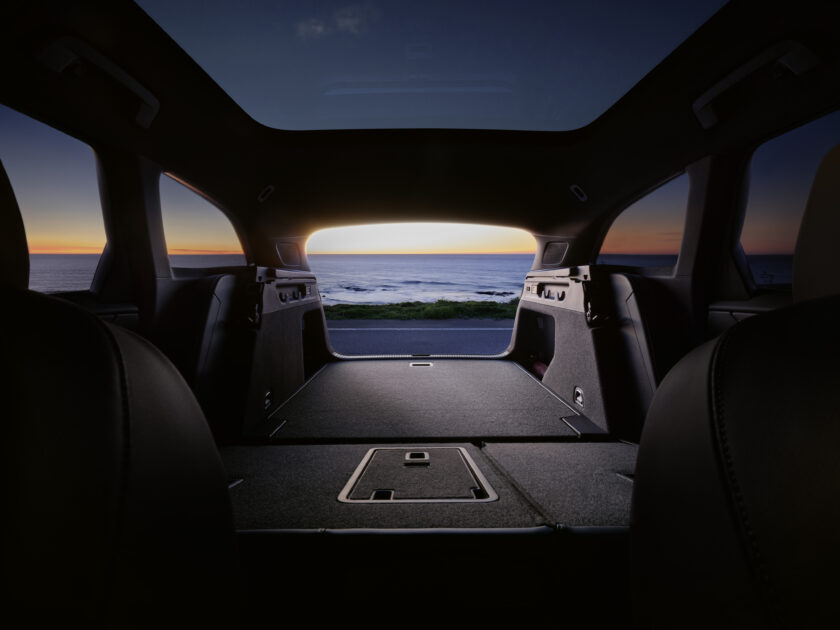
Like many mid-to-high-end fully electric models, the new “ID.7 Tourer” provides everything today’s automation-loving driver might want, favoring a “driven” experience over driving itself, with less concern for cost-efficiency. The new “ID.7 Tourer” is expected to cost no less than 60,000 euros, compared to the 42,000 euros needed for a mild hybrid or diesel “Passat.”
Finally, the “ID.7 Tourer” is manufactured at Volkswagen’s innovative Emden, Germany facility for electric mobility, which also produces the fastback “ID.7” and the “ID.4” SUV. However, this same facility recently experienced significant production cuts and layoffs due to a drop in demand for electric vehicles — a trend that speaks for itself.
Title: Volkswagen full electric “Id.7 Tourer”, solution for a few
Translation with ChatGPT

